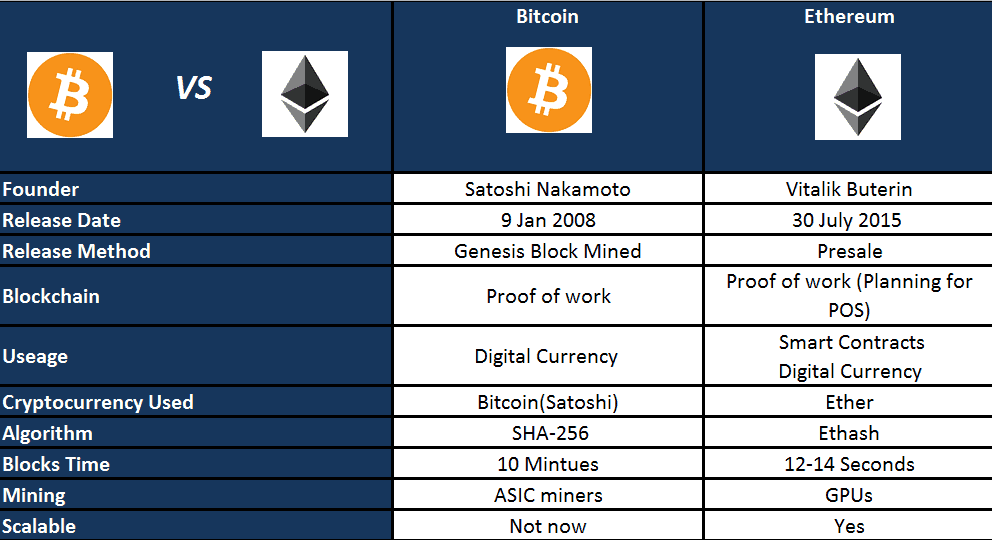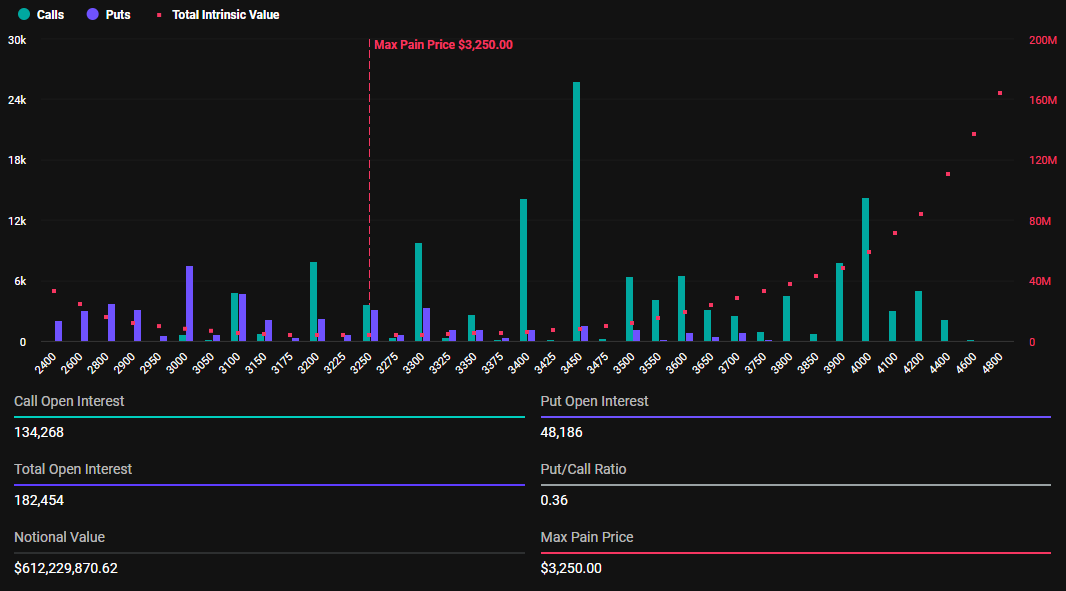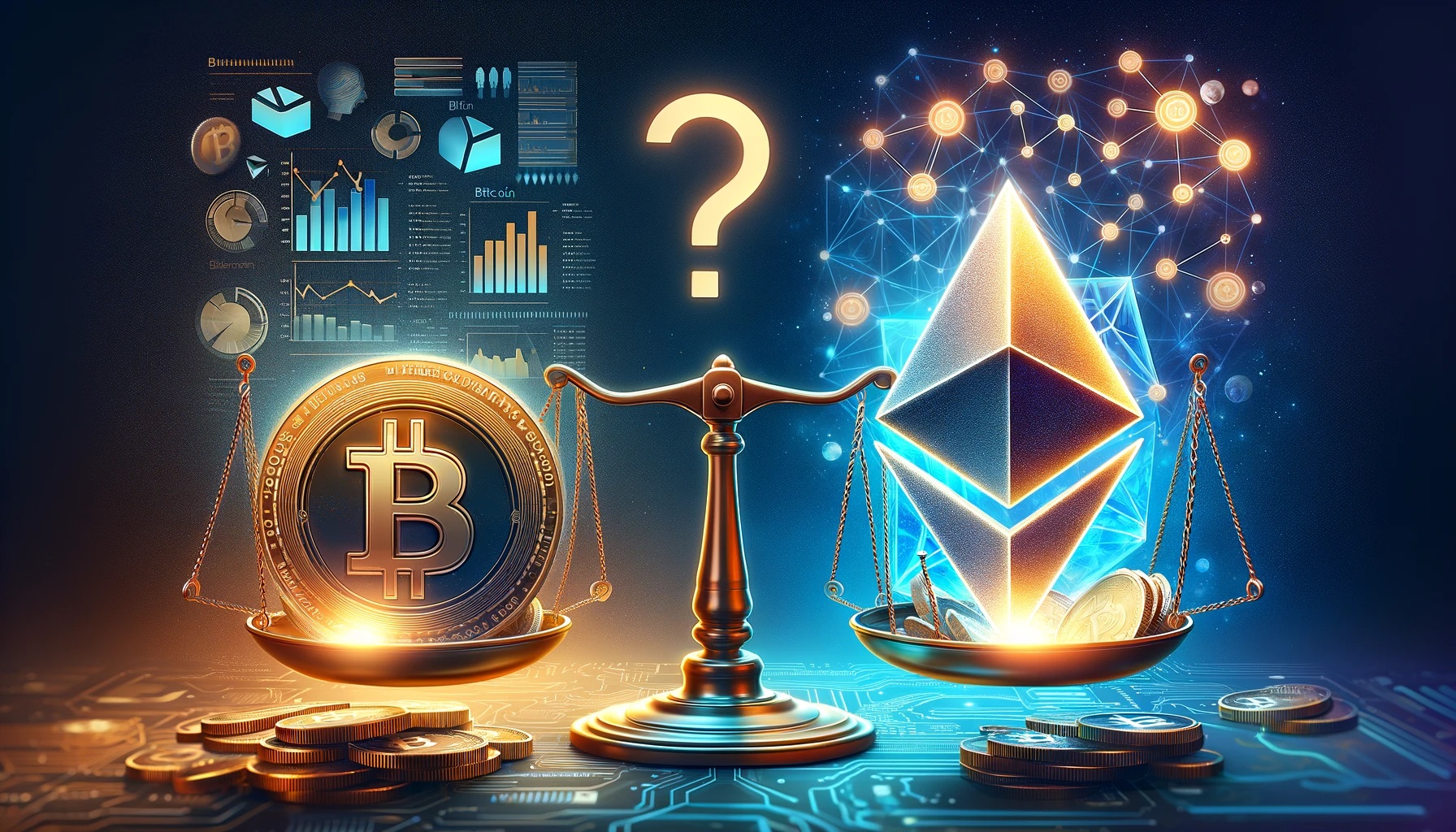Ethereum Smart Contract Architecture Unveiled
Ethereum smart contract architecture is a revolutionary framework that allows for the creation of self-executing contracts with the terms of the agreement directly written into code. This innovative technology serves as the backbone for decentralized applications, enabling transparency, security, and trust in digital transactions. Various industries, from finance to real estate, are leveraging these smart contracts to streamline processes and eliminate intermediaries, paving the way for a more efficient future.
In this exploration, we will delve into the essential components that make up the architecture of Ethereum smart contracts, the development process, deployment strategies, interactions with users, and the challenges faced within this evolving landscape. By understanding these elements, we can better appreciate the significance and potential of Ethereum's smart contracts in transforming traditional business practices.
Introduction to Ethereum Smart Contracts
Smart contracts are self-executing contracts with the terms of the agreement directly written into code. They run on the Ethereum blockchain, a decentralized platform that enables developers to create applications with reduced reliance on intermediaries. The key advantage of smart contracts lies in their ability to automate processes and ensure trust through transparency and security.Smart contracts play an essential role in decentralized applications (dApps), allowing them to operate without a central authority.
This innovation has led to a range of industries embracing Ethereum smart contracts, including finance, supply chain management, and even gaming. For example, DeFi platforms utilize smart contracts to facilitate lending and borrowing without the need for traditional banks, while supply chain solutions use them to track goods and verify transactions in real-time.
Components of Ethereum Smart Contract Architecture
The architecture of Ethereum smart contracts consists of several key components that work together to ensure seamless execution. These include the Ethereum blockchain, smart contracts themselves, and the Ethereum Virtual Machine (EVM).
Ethereum Virtual Machine (EVM)
The EVM is a crucial component responsible for executing smart contracts. It acts as a runtime environment where all smart contracts and dApps operate, ensuring that code is executed consistently across the network.
Solidity
This is the primary programming language used for writing smart contracts on Ethereum. Solidity is designed to be easy to understand for those familiar with JavaScript, C++, or Python, making it accessible for developers to create complex smart contracts.
Development Process of Smart Contracts
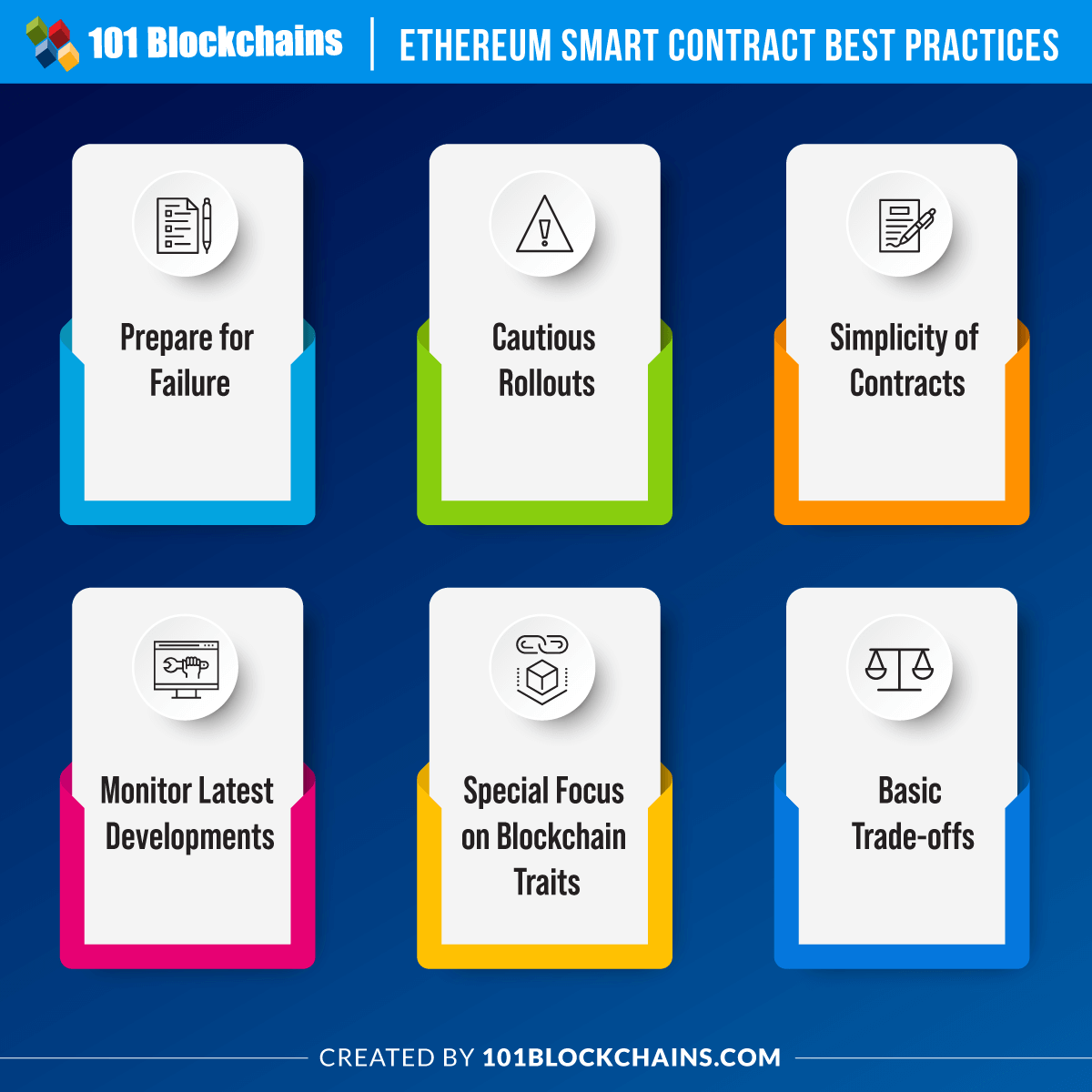
Developing Ethereum smart contracts involves a systematic approach, typically following these steps:
1. Requirement Gathering
Understanding the business needs and defining the contract's functionality.
2. Design
Creating a blueprint for the smart contract, including its functionality and interactions with other contracts or users.
3. Implementation
Writing the code in Solidity.
4. Testing
Thoroughly testing the smart contract to identify and fix any bugs.
5. Deployment
Launching the smart contract on the Ethereum blockchain.
| Testing Method | Tools |
|---|---|
| Unit Testing | Truffle, Mocha |
| Integration Testing | Hardhat, Ganache |
| Security Audits | MythX, OpenZeppelin |
Best practices for smart contract development emphasize security, including following established design patterns, conducting thorough code reviews, and utilizing automated testing tools to minimize vulnerabilities.
Deployment of Smart Contracts
Deploying a smart contract on the Ethereum blockchain involves several steps. First, the contract is compiled into bytecode, which is then uploaded to the Ethereum network. This process requires a transaction to be created, which is sent to the network for validation and execution.Common deployment platforms and tools include:
Remix IDE
A web-based integrated development environment that enables developers to write, test, and deploy smart contracts directly from a browser.
Truffle Suite
A powerful framework that provides tools for developing, testing, and deploying smart contracts.The gas fee structure plays a vital role in the deployment process. Gas fees are the costs required to perform transactions on the Ethereum network, determined by the complexity of the contract and the current network demand. High gas prices can affect deployment times and overall costs.
Interactions with Smart Contracts
Once deployed, users and other smart contracts can interact with a smart contract through defined functions. These interactions can include sending transactions, querying information, or invoking specific functions to trigger actions.For example, a user may call a function to transfer tokens, expecting a confirmation of the transaction and an update to their balance. Other contracts may interact by calling functions of a deployed contract to read data or initiate transactions, further expanding the smart contract's functionality.User interfaces are critical for engaging with smart contracts, as they provide the means for users to interact in a straightforward manner.
A well-designed interface can enhance user experience, making complex interactions more manageable.
Challenges and Limitations of Smart Contracts
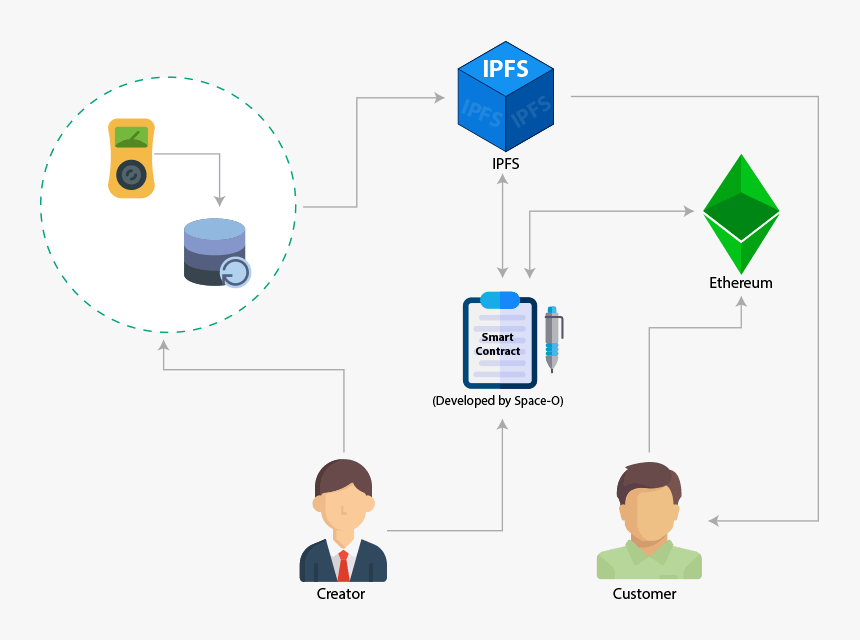
Despite their advantages, Ethereum smart contracts face various challenges. Common issues include security vulnerabilities, such as reentrancy attacks and bugs in the code that may result in financial losses.Risks associated with these vulnerabilities are significant, as once a smart contract is deployed, it cannot be altered. This immutability can lead to challenges if a flaw is discovered post-deployment.Scalability is another limitation, as Ethereum's current infrastructure can lead to slow transaction times and high fees during periods of high demand.
This is an ongoing challenge for developers and users alike, as the network continues to grow.
Future Trends in Smart Contract Development
The future of smart contracts in the Ethereum ecosystem appears promising, with continuous advancements on the horizon. Layer 2 solutions, such as rollups, are expected to enhance transaction throughput and reduce fees, allowing for a broader adoption of smart contracts in various applications.Upcoming features in Ethereum, including the transition to proof-of-stake and sharding, could significantly affect smart contracts. These changes aim to improve scalability and efficiency, potentially transforming how dApps operate.As the technology evolves, we can anticipate innovative use cases for smart contracts, spanning various industries and unleashing new potentials for decentralized applications.
Conclusive Thoughts

As we conclude our journey through Ethereum smart contract architecture, it is clear that this technology holds vast potential for innovation across multiple sectors. While challenges remain, the continuous advancements in smart contract development, particularly with the integration of Layer 2 solutions and upcoming features in Ethereum, are set to reshape the ecosystem. Embracing these changes can lead to a more decentralized and efficient world, where trust is built through code.
Answers to Common Questions
What is a smart contract?
A smart contract is a self-executing contract with the agreement directly written into code, running on the blockchain.
How does the Ethereum Virtual Machine (EVM) work?
The EVM is a decentralized computer that executes smart contracts, ensuring they run in a secure and isolated environment.
What programming language is used for Ethereum smart contracts?
Solidity is the primary programming language used for writing Ethereum smart contracts.
What are gas fees in Ethereum?
Gas fees are transaction costs paid to execute operations on the Ethereum network, varying based on network activity.
What are Layer 2 solutions?
Layer 2 solutions are secondary frameworks built on the Ethereum blockchain aimed at improving scalability and transaction speeds.
